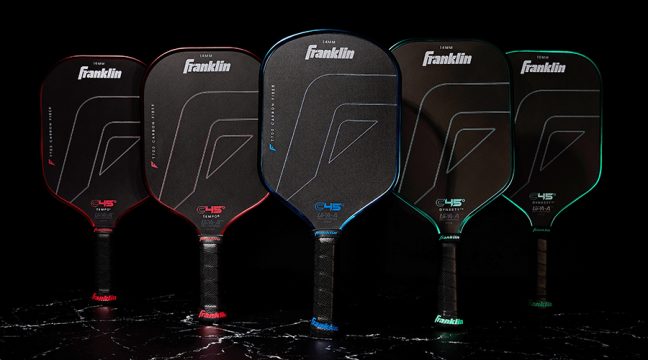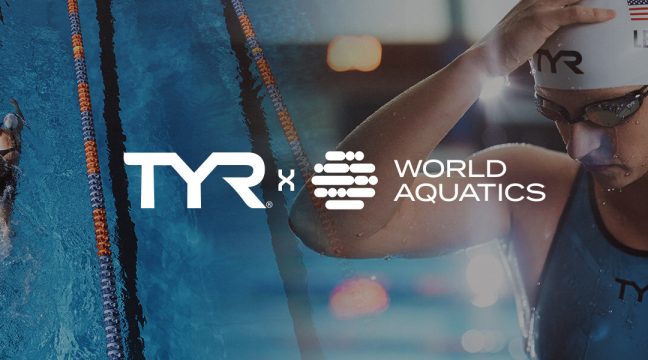Over 300 applicants from 47 countries submitted their designs for the 2020 Woolmark Performance Challenge. The Top 10 finalists, shown here, are the Movers + Shakers in today’s fashion industry. The field is diverse and multi-talented. Let’s meet the Creators.
A-COLD-WALL* | Samuel Ross
founded 2015
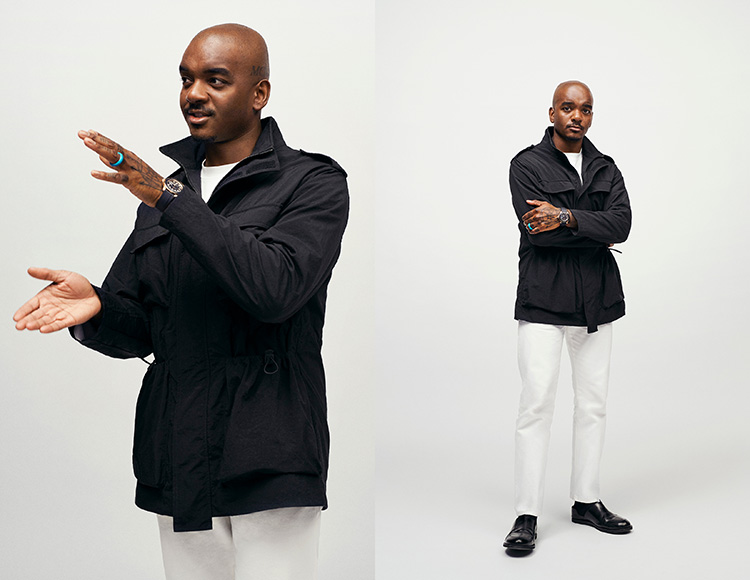
A student of graphic design + illustration, Samuel’s garments reflect the stark urbanity of London street culture where he resides. A-COLD-WALL* uses natural fibers, recycled and organic nylons, vegetable-based dyes, and sustainable packaging. The brand has collaborated with Nike + Converse and well-known artist Daniel Arsham and is represented by Selfridges, Harvey Nichols, Galeries Lafayette, Le Bon Marche, and Barneys, to name a few.
“By working with Woolmark, we want to access a pre-existing network of sustainable, traceable supply chains that could help better drive A-COLD-WALL *’s ambition to continually pursue sustainability across future collection development and production.” —Samuel Ross
BLINDNESS | Shin Kyu Yong + Ji Sun Park
founded 2012
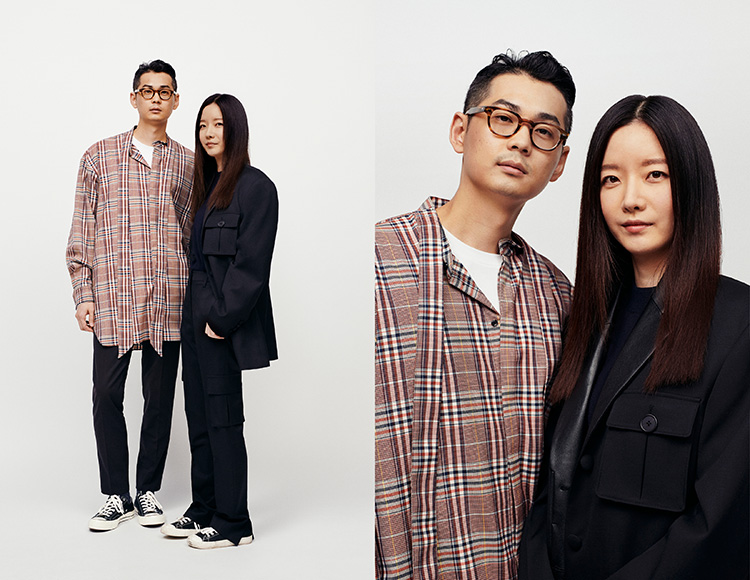
Known for genderless bold silhouettes, dramatic layering and lavish embellishments, BLINDNESS is an ambitious young label who made its international debut during London Fashion Week, Spring 2019. Based in South Korea, the Creators, Young + Park, are focused on sustainable manufacturing best practices and providing safe working conditions for their employees. Retailers such as Barneys, Browns and the Dover Street Market carry the line.
“Through the International Woolmark Prize, we will learn to use wool in different ways, experiment and challenge issues such as how fashion is affecting our environment.” —Shin Kyu Yong + Ji Sun Park
BODE | Emily Bode
founded 2015
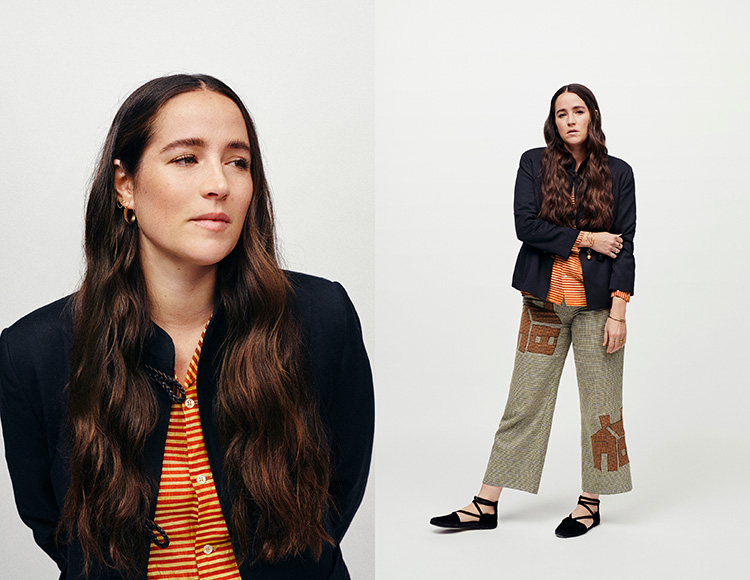
Emily Bode was the first female designer to show at NY Fashion Week Men’s and was a 2018 runner-up for the Vogue|CFDA Fashion Fund Award. Her garments combine modern workwear silhouettes while paying homage to the past using traditional quilting, mending and applique techniques. Bode works with female-run factories in Peru and India dedicated to maintaining historical practices of textile production. In New York, the Peruvian fabrics are joined with forgotten textiles such as bed linens, tablecloths and various domestic materials. Galeries Lafayette, MatchesFashion.com and Moda Operandi are a few of the retailers who carry her line.
“As a young brand whose focus is on the preservation of historic techniques and textiles, it is an honor to be recognized by a company that similarly has strived to preserve the use and awareness of a historic fiber.” —Emily Bode
BOTTER | Rushemy Botter + Lisi Herrebrugh
founded 2016
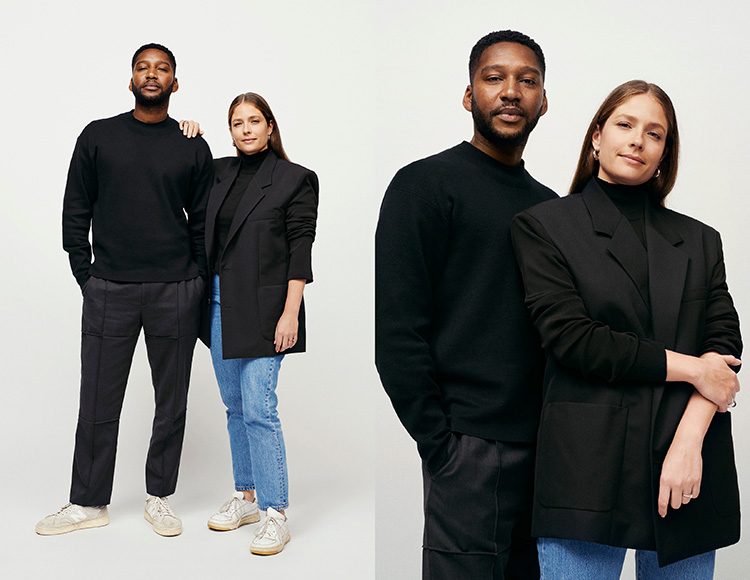
The menswear label, BOTTER, draws on the Caribbean roots of Founders Rushemy Botter and Lisi Herrebrugh. The duo’s recent collection received emerging talent awards at this year’s Amsterdam Fashion Week and the top design award at the Festival d’Hyères in 2018. The designers are also Co-creative Directors of Nina Ricci women’s ready-to-wear line, showing their first collection during the pre-fall 2019 season. The brand’s pattern cutting process ensures minimum waste, and the team works with dead-stock fabrics and natural biodegradables fibers such as cotton, silk and wool.
“We are very careful where we produce our garments; for example, we don’t have a lot of back-and-forth sending of garments as we create all shapes and first toiles in-house, so we take time to work on the most economical placements of patterns on fabric.” —Rushemy Botter + Lisi Herrebrugh
Feng Chen Wang
founded 2015
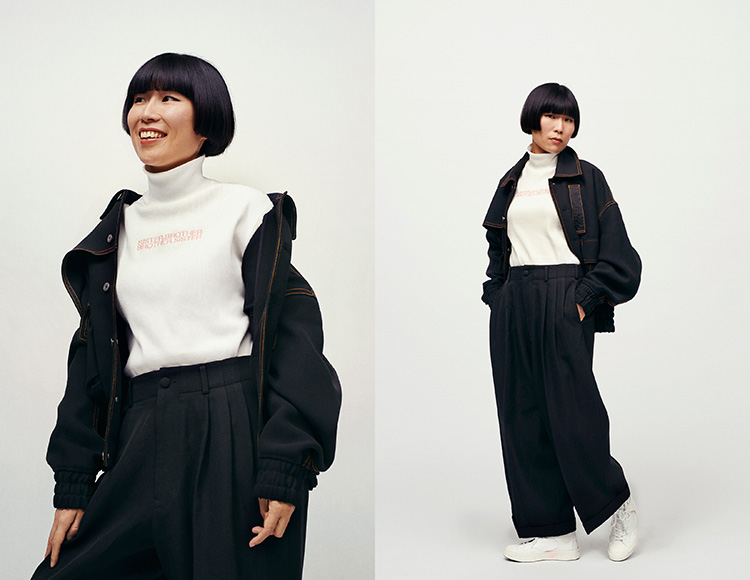
Working from Shanghai and London, Chinese-born menswear designer Feng Chen Wang creates technical outerwear and unisex clothing inspired by her life. Chen Weng has produced six collections, two shown at London Fashion Week Men’s, a solo show at London Fashion Week and has collaborated with Levi’s + Converse on capsule collections. Chen Wang uses deadstock fabric, predominately, and often sources entire second-hand garments to create new pieces. For Spring 2020, she is working with plant-based dyes.
“I’m very grateful to be accepted into the International Woolmark Prize alongside such a diverse and exciting group of designers. It’s such an exciting award, and probably the only one that is genuinely concerned with research and development which, in turn, protects our industry and our planet. It’s extremely exciting, and the support network and hunger for new, problem-solving design are really inspiring.” —Feng Chen Wang
GmbH | Serhat Isik + Benjamin A. Huseby
founded 2016
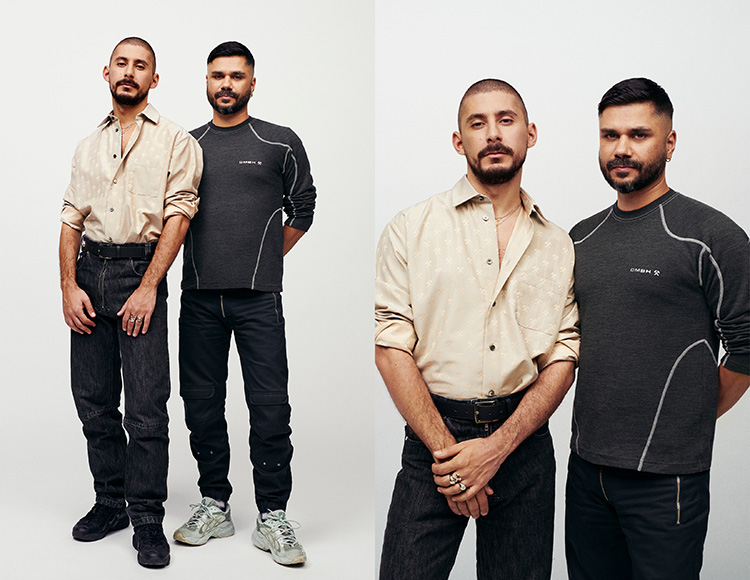
Creators Serhat Isik and Benjamin A. Huseby founded GmbH in 2016 as a project to use fashion in response to current world events and fast fashion’s impact on the environment. The label’s first collection was made entirely from deadstock fabric. The duo has gained a cult following for sharply cut modern silhouettes and cutting patterns by hand.
“Being a finalist of the International Woolmark Prize is exciting, opens new opportunities and gives a feeling that we are doing something right.” —Serhat Isik + Benjamin A. Huseby
Ludovic De Saint | Ludovic de Saint Sernin
founded 2016
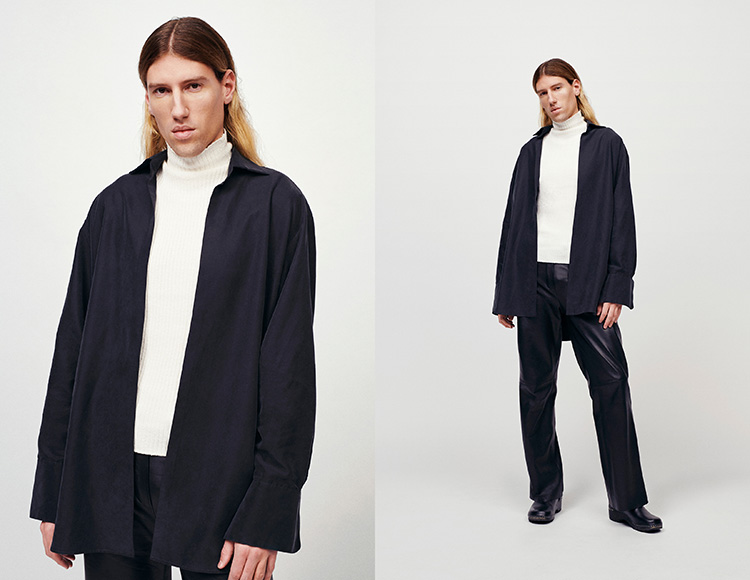
A graduate of Ècole Duperré Paris, Ludovic de Saint Sernin worked under Balmain’s Creative Director, Olivier Rousteing, for two years before he founded his label. Mixing low- and high-brow references, his designs are sexy, minimalistic and offer a unique perspective. In 2018, de Saint Sernin had his first show at Paris Fashion Week Men’s and won the ANDAM Creative Label Prize. Based in Paris, Ludovic de Saint Sernin employs small ateliers using sustainable best practices.
“Most of my collection is produced between the studio and small ateliers based in Paris. By keeping the production simple, it drastically reduces our carbon footprint and gives us full visibility of our ateliers and their work practices.” —Ludovic de Saint Sernin
Matthew Adams Dolan
founded 2015
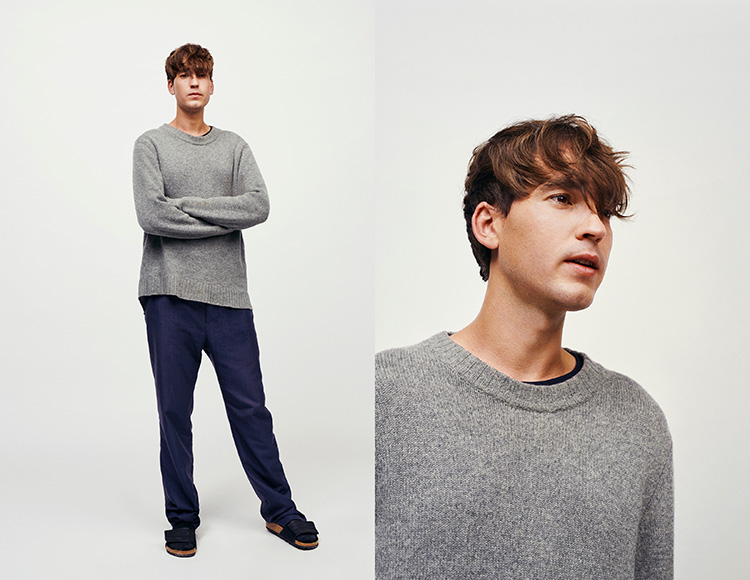
Working with sustainably-minded factories in Italy, Matthew Adams Dolan offers exaggerated silhouettes, experimental proportions and forward-thinking craftsmanship using recycled materials in his ‘American Style’ garments. After receiving an MFA in Fashion Design from the Parsons School for Design, Matthew debuted his first collection in SS16. Dolan was nominated in 2018 for the LVMH prize. His clothes are worn regularly by a celebrity clientele and carried by Net-a-Porter, MyTheresa, Moda Operandi, to name a few.
“It’s very exciting to be part of the prize considering its history and the support and mentorship it provides. Regardless of the outcome, the support and mentorship that comes with the experience are invaluable.” —Matthew Adams Dolan
Namachecko | Dilan and Lezan Lurr
founded 2015
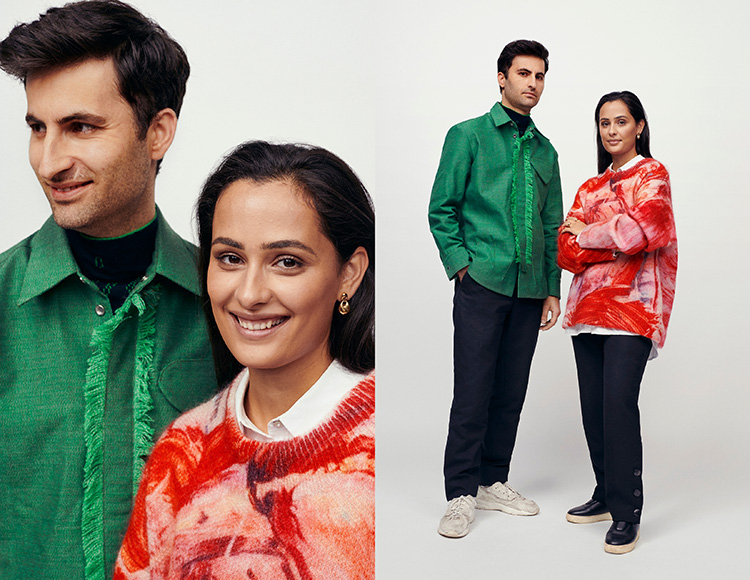
Sibling Founders, Dilan and Lezan Lurr, were born in Kirkuk, Kurdistan and raised in Sweden. Before turning to design, both studied civil engineering. Their mathematical background resonates with the architectural quality of the garments they create. They have worked with Merino wool since their first collection. In 2017, after showing a bridalwear-inspired line, the duo showed at Paris Fashion Week Men’s.
“We feel proud to be a part of the International Woolmark Prize. This is a seal of approval that we are doing something good and feels, in some way, very natural as we are already working with Australian wool.” —Dilan and Lezan Lurr
Richard Malone
founded 2013
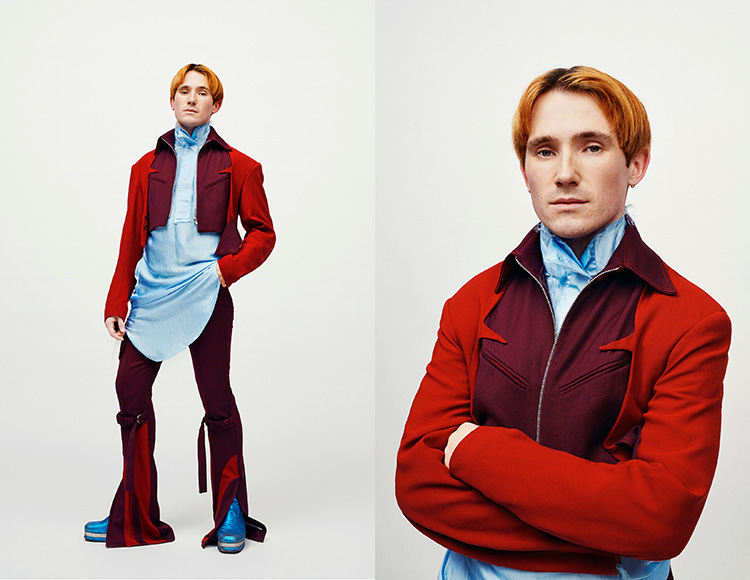
Richard Malone is an Irish designer working between his native Ireland and London. A graduate of Central Saint Martins in 2014, his first collection was purchased in its entirety by Brown Thomas Dublin. Releasing collections in limited numbers, Malone uses GOTS-certified organic cotton, plant-based dyes, recycled nylons, and organic matter, believing that every piece needs to be unique to justify its creation. By keeping production low, each component of a garment, and those who made it, is traceable. Malone is the youngest fashion designer to have garments in MOMA’s permanent collection. The shortlist of retailers carrying his line includes Liberty London, Selfridges, L’Éclaireur Paris, and Galeries Lafayette Beijing.
“We focus on many sustainable practices, from working with a handweaving community in southern India, which encourages and funds education and training, as well as using plant-based dyes and organic matters. Each jacquard fabric can be traced back to the weaver, and in turn, how it was spun, dyed and woven.” —Richard Malone
Photos courtesy Woolmark



